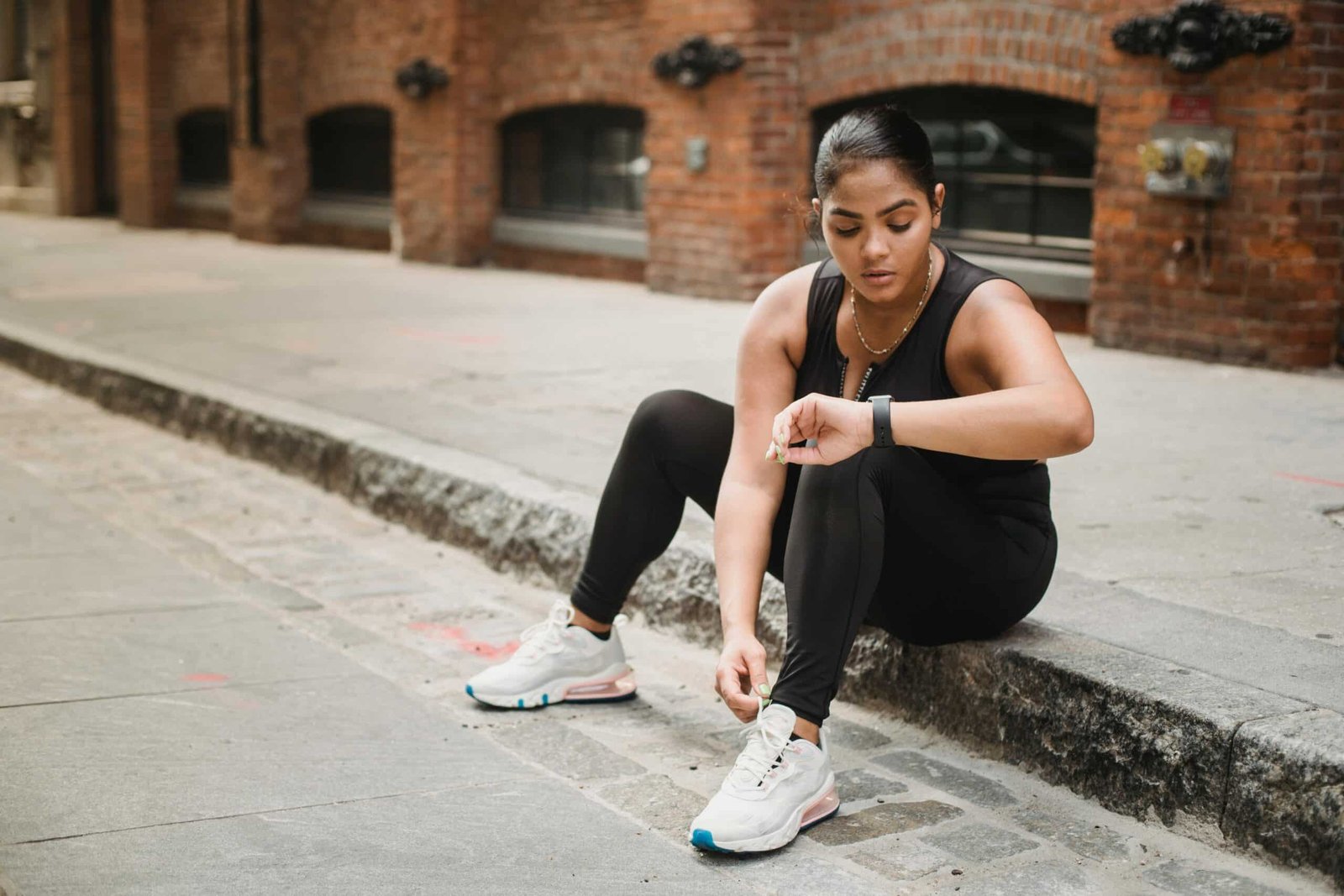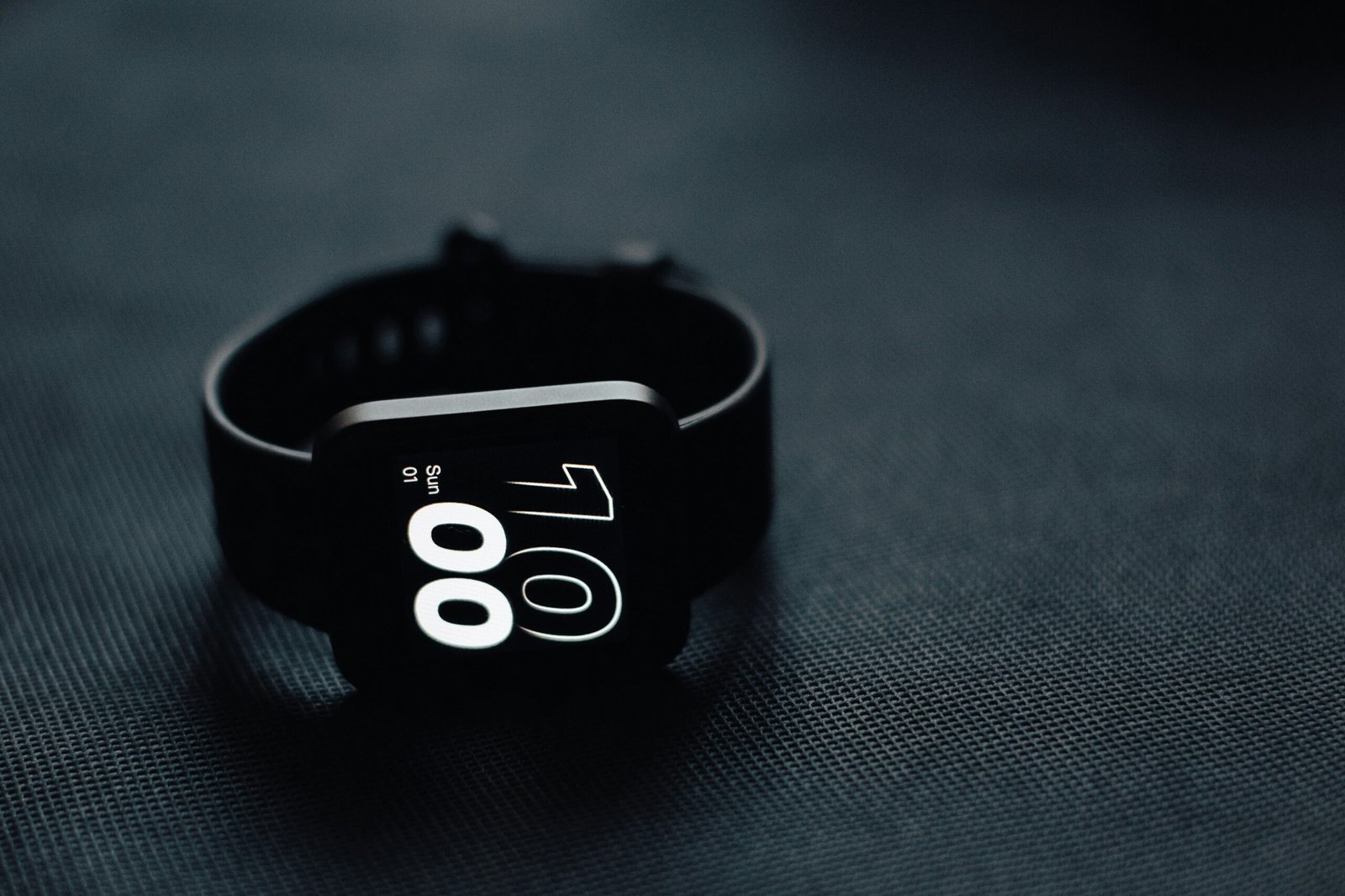Choosing between Fitbit and Garmin isn’t just about style—it’s about how you define fitness success. Whether you’re focused on heart health, better sleep, or peak performance, each brand delivers unique strengths. This guide breaks down the latest Fitbit vs Garmin comparison for 2025, covering health features, GPS performance, training metrics, display quality, and battery life—helping you pick the device that truly supports your goals.
Quick Overview: The Core Difference
- Fitbit: Best for everyday users who prioritize health insights, sleep tracking, and a simple app experience.
- Garmin: Ideal for athletes and fitness enthusiasts who want accurate GPS, advanced training data, and long battery life.
Health and Wellness Tracking
Heart Health and ECG
Fitbit offers ECG on select models like the Charge 6, Sense, and Sense 2. It helps detect irregular heart rhythms (such as AFib) and generates a shareable PDF for your doctor.
Garmin also now includes ECG capabilities on select models such as the Venu 2 Plus, though availability varies by region.
Verdict: Fitbit has a broader rollout of ECG across its lineup, while Garmin offers it on a few premium models.
HRV, Stress, and Readiness
Fitbit calculates heart rate variability (HRV), provides a Stress Management Score, and a Readiness Score that recommends when to rest or train.
Garmin’s advanced training ecosystem measures HRV status, Training Readiness, and Training Load, making it perfect for structured athletes.
Sleep Tracking
Fitbit leads with detailed sleep insights, including Sleep Profiles and Sleep Stage Analysis, with some historical data available through Fitbit Premium.
Garmin provides full sleep stage tracking and history through its free Garmin Connect app, offering a clear picture of recovery over time.
Verdict: Fitbit is slightly better for overall wellness and sleep detail, while Garmin integrates recovery directly into its training tools.
Other Health Metrics
Fitbit tracks skin temperature variations, resting heart rate trends, and blood oxygen levels (SpO₂).
Garmin emphasizes VO₂ max, fitness age, and training status, giving a deeper look into athletic performance.
Sports, GPS, and Performance Tracking

GPS Accuracy
Both Fitbit and Garmin now feature built-in GPS in most mid- to high-end models.
Fitbit’s built-in GPS works well but can occasionally drop in dense environments.
Garmin, known for its multi-band GPS systems, offers superior tracking for running, cycling, and hiking—especially in challenging terrain.
Sports Modes and Profiles
Fitbit offers over 40 exercise modes, covering everything from walking to HIIT.
Garmin provides dozens of customizable activity profiles, including multisport options for triathletes, with customizable data screens and performance alerts.
Advanced Metrics
Fitbit estimates VO₂ max through its Cardio Fitness Score, giving a snapshot of cardiovascular health.
Garmin takes it further with Training Load, Training Status, and Training Readiness, helping athletes plan recovery and optimize endurance.
Summary Table:
| Feature | Fitbit | Garmin |
| GPS Type | Built-in on most models | Built-in / Multi-band GPS |
| Sport Profiles | 40+ exercise modes | Dozens, including multisport |
| VO₂ Max | Cardio Fitness Score | Full VO₂ Max with Training Status |
| Training Insights | Basic Readiness Score | Advanced Load, Readiness & Recovery |
| Health Sensors | ECG, HRV, Skin Temp | ECG (select models), HRV, VO₂ Max |
Display, Battery, and Build Quality
Display Technology
Fitbit uses bright AMOLED displays across newer models, offering excellent contrast and vibrant colors.
Garmin now offers both AMOLED (on models like the Venu 3 and Forerunner 965) and MIP displays for better outdoor visibility and power efficiency.
Battery Performance
Fitbit devices generally last 6–7 days per charge under moderate use. Using GPS or always-on display shortens that.
Garmin’s battery life varies by model but can last from a week to several weeks in smartwatch mode, with many models offering 30+ hours in GPS mode.
Verdict: Garmin wins on longevity; Fitbit wins on display brilliance.
App Experience and Integrations
Fitbit App & Premium
The Fitbit app offers easy-to-read dashboards and health trend summaries. Upgrading to Fitbit Premium unlocks deeper analytics, stress management tools, and long-term trend reports.
Garmin Connect & Connect+
Garmin Connect remains free for most features, while the newer Connect+ subscription adds AI-driven coaching and extended performance insights.
Garmin also syncs seamlessly with Apple Health and MyFitnessPal—Fitbit requires third-party bridges for
Smartwatch Features
Both offer notifications, contactless payments, and music controls. Fitbit integrates Google Wallet and Google Maps, while Garmin supports Garmin Pay and Spotify offline playlists (on select models).
Pricing and Value
Fitbit’s Charge and Sense series start around $130–$250, with optional Premium at $9.99/month.
Garmin’s offerings range from $150 to $900+, depending on whether you choose a basic tracker or a multisport smartwatch.
Fitbit delivers better value for casual health users, while Garmin justifies its higher cost for athletes who want deeper data and durability.
Which Should You Choose?
Choose Fitbit If You Want:
- Easy-to-use health tracking
- ECG on more models
- Excellent sleep and stress insights
- Sleek AMOLED design
- Google integration
Choose Garmin If You Want:
- Advanced GPS accuracy and performance metrics
- Long battery life for endurance training
- Rich sport profiles and recovery tools
- Outdoor readability and rugged design
- Comprehensive free analytics via Garmin Connect
Final Takeaway
Both Fitbit and Garmin deliver exceptional health and fitness experiences—just with different priorities.
- Fitbit empowers users to understand their bodies through accessible health data and a polished app interface.
- Garmin equips athletes to optimize performance with deep metrics, multi-band GPS, and extensive customization.
Your best choice depends on your focus: wellness tracking or athletic performance. Either way, both brands have evolved to offer reliability, motivation, and meaningful insight into every workout.
FAQs: Fitbit vs Garmin (2025)
1. Which is more accurate—Fitbit or Garmin?
Garmin is generally more accurate for GPS tracking and performance metrics, making it ideal for athletes and outdoor users. Fitbit focuses on reliable everyday tracking, heart rate accuracy, and wellness insights, making it better for lifestyle users.
2. Does Garmin have ECG like Fitbit?
Yes. Garmin now offers ECG on select models such as the Venu 2 Plus, though availability varies by region. Fitbit’s ECG is available on more models, including the Charge 6, Sense, and Sense 2, making it more accessible for heart health monitoring.
3. Which lasts longer on a single charge?
Garmin wins with battery life ranging from one to three weeks, depending on the model and usage. Fitbit averages about six to seven days per charge, though features like GPS and always-on display can reduce that.
4. Which is better for sleep and recovery tracking?
Fitbit excels in sleep analysis, offering detailed stages, stress tracking, and readiness scores. Garmin provides solid sleep tracking too, integrated with training readiness metrics—perfect for users balancing recovery and performance.
5. Which offers better value overall?
Fitbit provides excellent value for general health tracking and ease of use, especially for beginners. Garmin is worth the higher cost for advanced athletes who want detailed data, multi-band GPS accuracy, and superior battery life.

